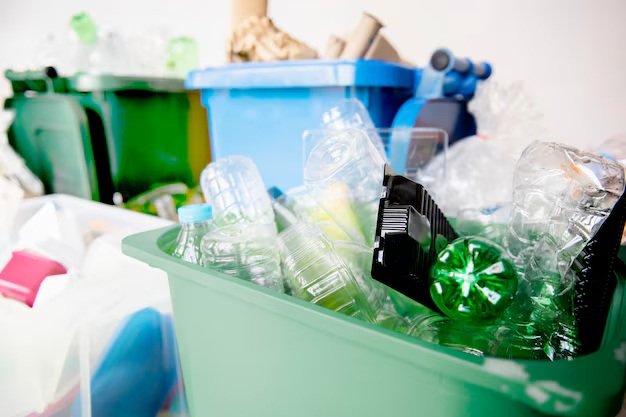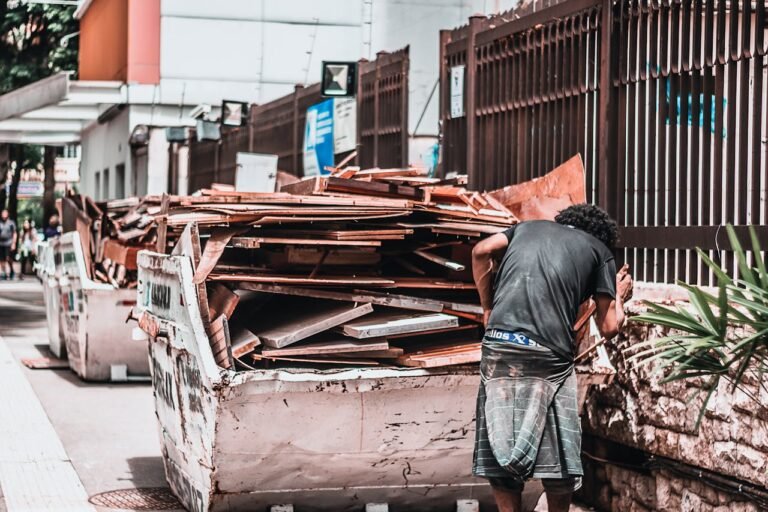California’s First Chemical Recycling Plant: A Community Divided
In Rohnert Park, a Bay Area family teetered on the brink of a dream. Devan Lane, her husband, and their infant daughter, Charlotte, adored the new Willowglen neighbourhood and the eco-conscious spirit of Somo Village. Then came the notice: according to an SFGATE report, Resynergi, a startup, was proposing the state’s first chemical recycling plant just steps from their prospective home and a nearby school.
Resynergi’s technology—microwave-driven pyrolysis—promises to break plastic down into fuel and byproducts faster than traditional pyrolysis. The company claims 70% of processed plastic becomes fuel; leftover solids are embedded in concrete, and residual gases are incinerated cleanly. In future models, they hope to power operations with captured gas. Local media quoted Resynergi’s CEO, Brian Bauer, affirming their commitment to transparency, though he conceded, “We didn’t share information enough in advance… we’re going to work really hard… to keep people… informed.” According to residents and parents, that statement came too late.
Residents and environmentalists are alarmed by emissions that may include arsenic, lead, and mercury—even if the Bay Area Air District’s estimated cancer risk of 6.9 per million falls under regulatory thresholds. Still, thousands have signed petitions opposing the facility’s proximity to homes and Credo High School.

The Promise and Peril of Chemical Recycling
Chemical recycling—sometimes called “advanced recycling”—uses heat, pressure, solvents, or catalysts to break plastics down into fuels or raw materials. Proponents say it offers a second life for plastics that mechanical recycling can’t handle. In California, CalRecycle’s draft rules for implementing Senate Bill 54 require technologies to adhere to ISO standards, though those are complex and behind paywalls.
But critics argue the environmental costs are steep. The U.S. Department of Energy found pyrolysis can be 10 to 100 times more costly and environmentally damaging than using virgin plastic. The Environmental Law Institute noted that plastics produced via chemical recycling typically contain only 2–5%, and at most 10%, recycled content, while most input becomes emissions or hazardous waste.
Beyond Plastics and IPEN reported that chemical recycling often fails, threatening climate and health, while industries push to deregulate these facilities by classifying them as manufacturing—not waste disposal—and securing subsidies—thus masking the underlying harm.
The Centre for Climate Integrity’s May 2025 report, “The Fraud of Advanced Recycling,” reveals that even industry insiders acknowledge the technology’s deep limitations. Marketing touts “innovation,” but experts concede there are “myriad obstacles” that make real-world impact negligible.
From Greenwashing to Legal Showdowns
Chemical recycling sits at the heart of legal and political battles in California. In September 2024, Attorney General Rob Bonta sued ExxonMobil for promoting “advanced recycling” as a silver bullet to the plastics crisis, alleging decades of deception and manipulation. The lawsuit cited internal documents showing their pyrolysis process yields less than 0.1% recycled content, despite marketing claims of 30%, all achieved through controversial mass-balance accounting.
Bonta called Exxon’s campaign “the biggest greenwashing campaign” in the plastics sector, accusing the company of peddling myths while private knowledge revealed failure. Judith Enck of Beyond Plastics compared the case to 1990s tobacco litigation for deceptive advertising.
Moreover, the Guardian and others revealed that major petrochemical firms, including ExxonMobil, Dow, and Shell, produced vastly more new plastic (132 million tonnes) than waste diverted (118,500 tonnes)—a disparity of a thousand-fold. Critics say the Alliance to End Plastic Waste shifted attention away from reducing plastic production toward more “management” schemes.
What Experts and Families Are Saying—and What You Can Do
Near Rohnert Park, parents voice concern about growing up so close to a facility with even low-level toxic emissions. From Cooper Drum and Halaco to Omega Chemical, California’s history is littered with well-intentioned recycling or industrial operations that ended in Superfund sites, contamination, and community health impacts.
Phibro-Tech in Santa Fe Springs is a stark reminder of this legacy: handling tens of thousands of tonnes of hazardous waste under expired permits, it serves low-income communities of colour, highlighting inequities in facility siting and regulatory enforcement.
Experts urge decision-makers to confront the root issue: plastic production itself. Reduction, not advanced recycling, is where real progress lies. That means prioritising cleaner products, stronger producer responsibility laws, and safe, equitable siting of waste facilities.
Actionable Steps for Concerned Citizens
Mapped to the realities above, here’s what individuals, communities, and policymakers can do:
- Attend public meetings and zoning hearings. In Rohnert Park, public comment closes August 18, 2025. Voices matter.
- Demand transparency. Ask companies to publish emissions data, explain chemical breakdown, and show realistic recycled content from independent auditors.
- Support real reduction policies. Advocate for legislation focused on reducing single-use plastics, bans on production, and extended producer responsibility, not just recycling.
- Watch for legal shifts. Lawsuits like Bonta’s set a precedent on deceptive sustainability claims; staying informed helps communities hold companies accountable.
- Push for equity in permitting. Communities of colour and low-income neighbourhoods often shoulder the burdens of hazardous or experimental facilities. Ask regulators to consider environmental justice in decisions.
Conclusion
Chemical recycling draws on dreams of cleaner tech and plastic redemption. For some, it offers hope. But for families in places like Rohnert Park, that promise is shadowed by fears of toxins, disruption, and environmental justice violations. The science, history, and legal reality suggest that we cannot rely on chemical recycling to safely or sustainably solve the plastics crisis.
Instead, we must turn away from quick technological fixes and toward systems that reduce, redesign, and refuse excessive plastic production—for our health, our environment, and our future.







